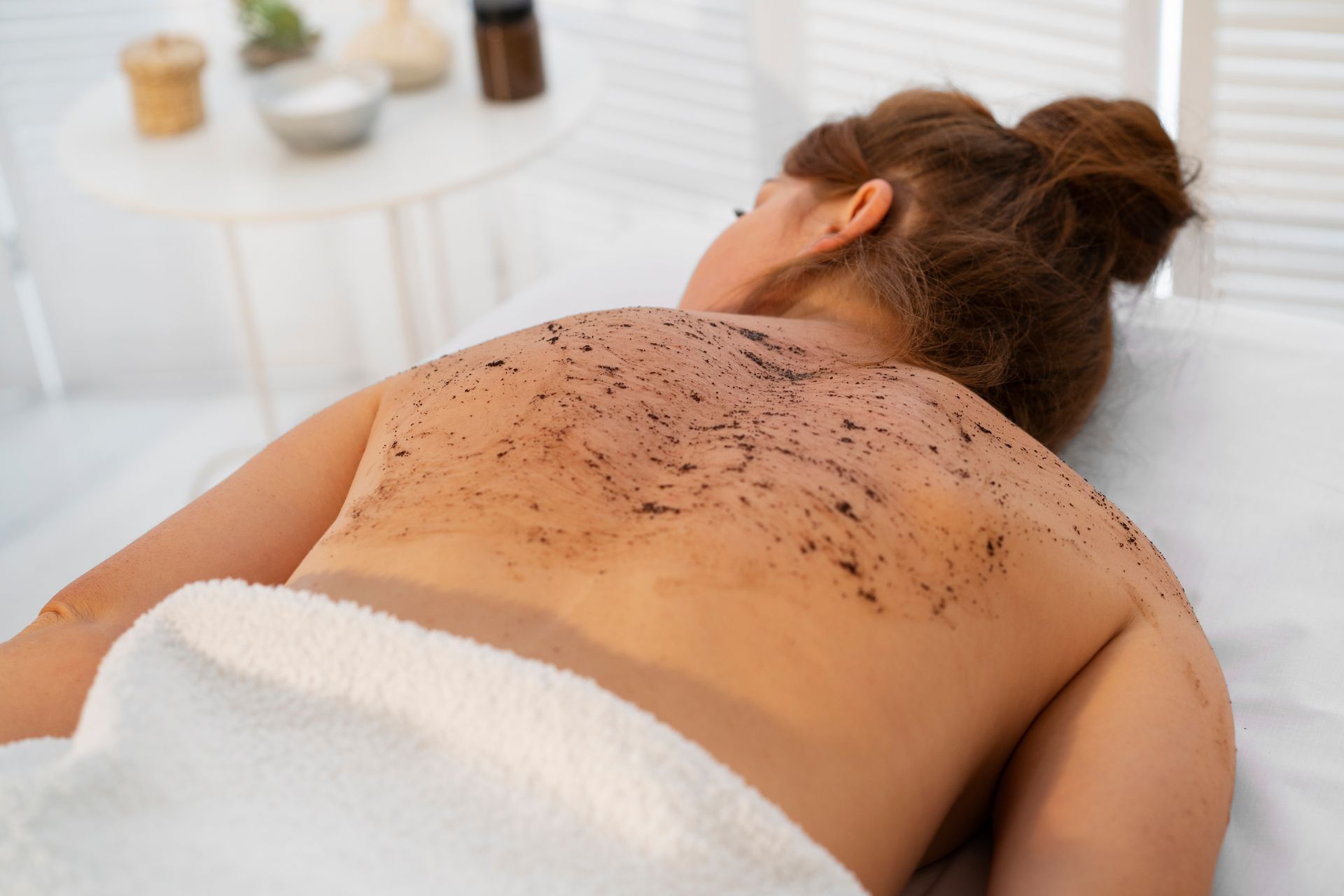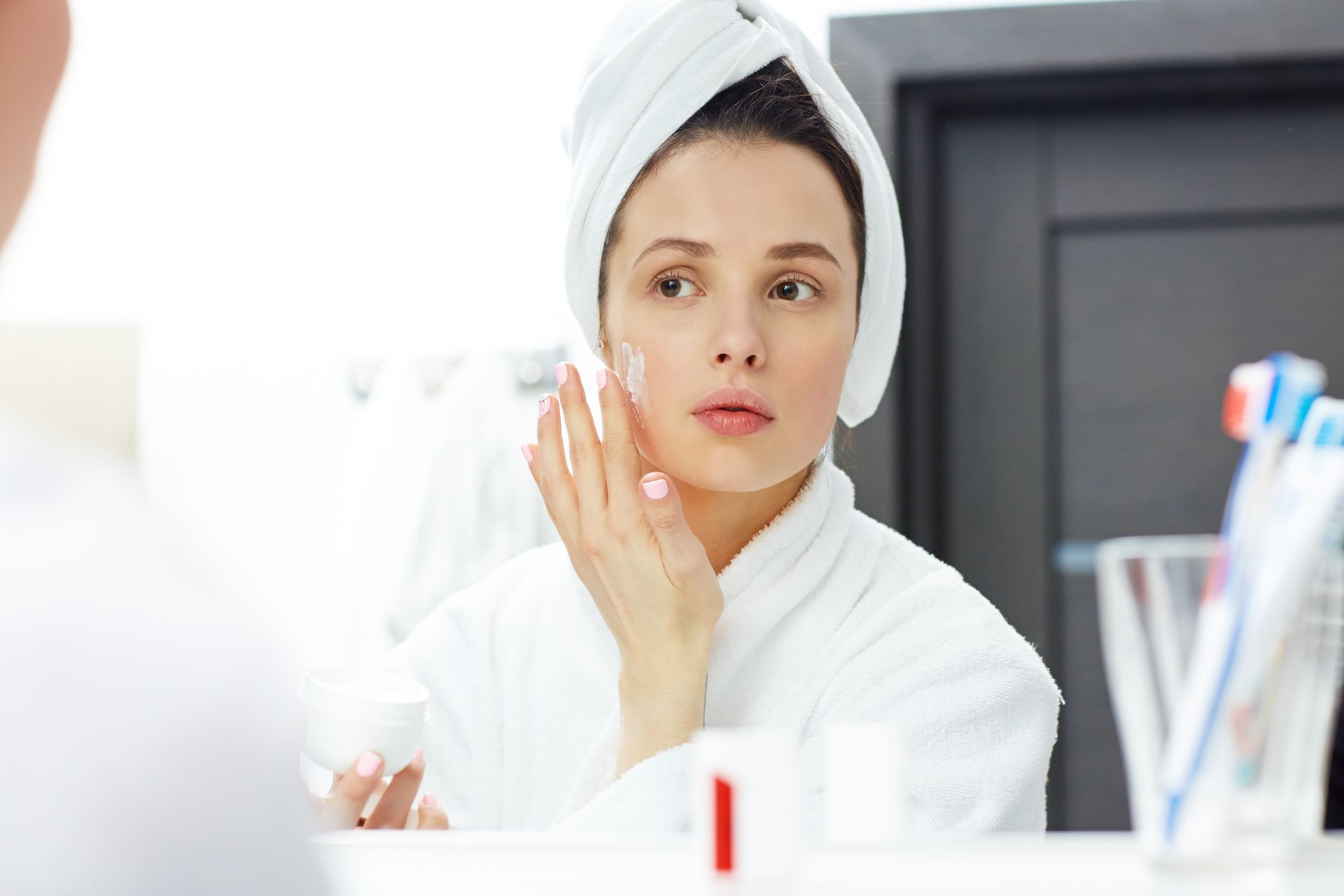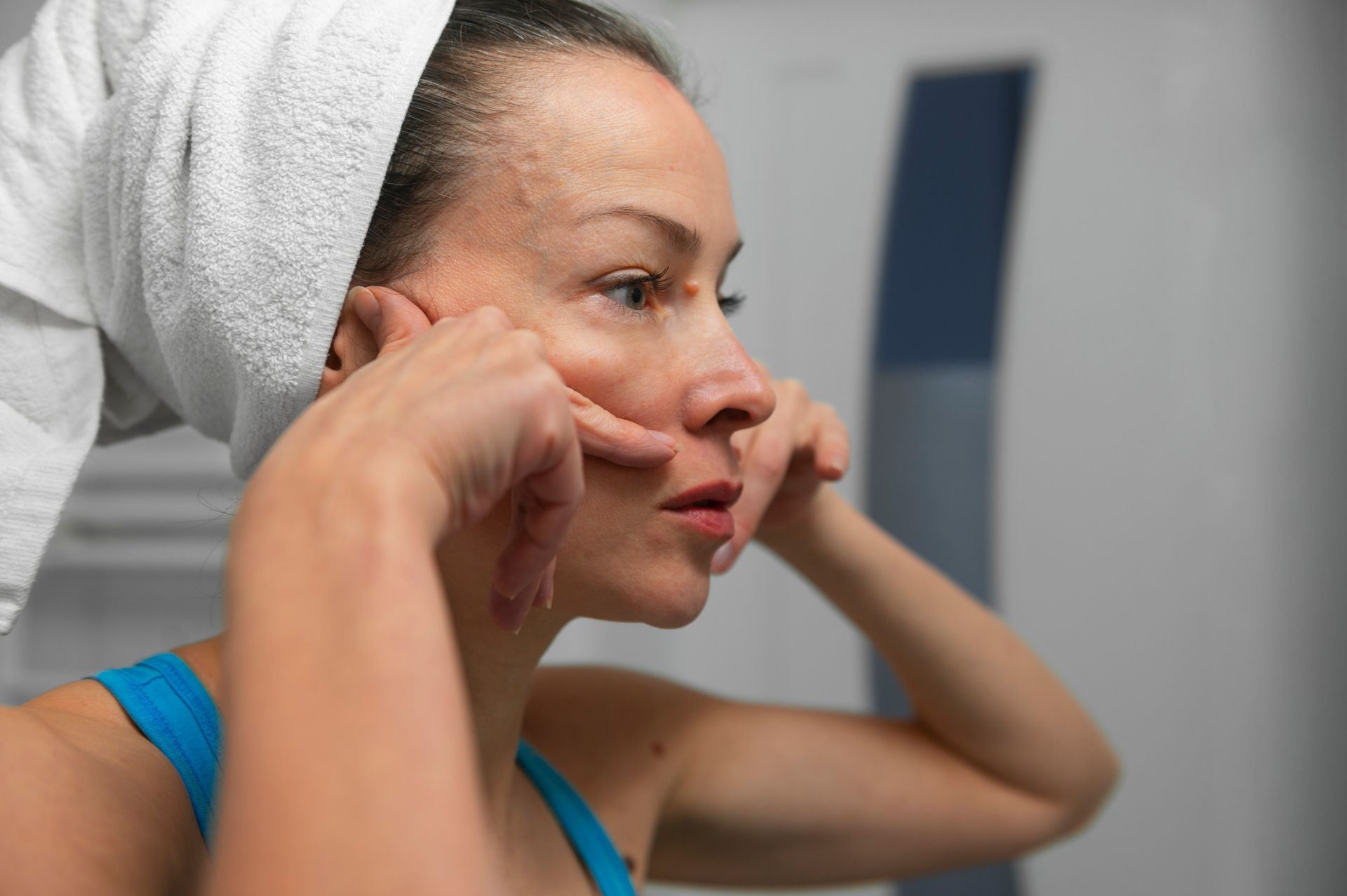Do You Have To Shave Before Laser Hair Removal?
Laser hair removal has become increasingly popular as a long-term solution for unwanted hair. This innovative procedure offers a convenient and effective way to achieve smoother skin without the hassle of constant shaving, waxing, or plucking. However, before embarking on your laser hair removal journey, it's crucial to understand the importance of proper preparation, including whether or not you need to shave before your treatment.
Laser hair removal works by targeting the pigment in hair follicles with concentrated beams of light. This light energy is absorbed by the pigment, which then heats up and destroys the hair follicle, inhibiting future hair growth. The procedure is safe, FDA-approved, and can be performed on various areas of the body, including the face, legs, underarms, bikini line, and more.
Importance of Preparation
Proper preparation is essential for maximizing the effectiveness of laser hair removal and minimizing the risk of
potential side effects. One key aspect of preparation is understanding whether shaving is necessary before your treatment. While it may seem counterintuitive to shave before a procedure designed to remove hair, there are specific reasons why it's often recommended by professionals.
By shaving the treatment area beforehand, you ensure that the
laser energy can penetrate the hair follicles more effectively. This allows for better targeting of the hair shaft and reduces the risk of surface
burns or discomfort during the procedure. Additionally, shaving removes any surface hair, ensuring that the laser can focus solely on the hair follicles beneath the skin's surface.
What is Laser Hair Removal?
Laser hair removal is a popular cosmetic procedure aimed at reducing or eliminating unwanted body hair. It utilizes highly concentrated beams of light, known as lasers, to target and destroy hair follicles. This process effectively inhibits future hair growth in the treated area, providing long-lasting results. Laser hair removal is a non-invasive and relatively safe procedure when performed by qualified professionals.
The principle behind laser hair removal is selective photothermolysis. During the procedure, the laser emits a specific wavelength of light that is absorbed by the pigment (melanin) in the hair follicles. This light energy is converted into heat, which damages the follicles, inhibiting their ability to produce new hair.
The laser targets only the hair follicles while leaving the surrounding skin undamaged. This selective targeting is made possible by the difference in color between the hair and the skin. As a result, individuals with darker hair and lighter skin tend to respond best to laser hair removal.
Benefits of Laser Hair Removal
There are several benefits associated with laser hair removal:
- Laser hair removal offers semi-permanent to permanent reduction in hair growth, unlike temporary methods such as shaving or waxing.
- The laser can selectively target dark, coarse hairs while leaving the surrounding skin unaffected, providing precise and effective treatment.
- Laser hair removal can treat multiple hair follicles simultaneously, making it a quicker alternative to traditional hair removal methods.
- Laser hair removal helps prevent ingrown hairs, a common problem associated with shaving and waxing.
- While some individuals may experience mild discomfort during the procedure, it is generally well-tolerated and requires no downtime.
Do You Need to Shave Before Laser Hair Removal?
Many professionals recommend shaving the treatment area before laser hair removal sessions. While it may seem counterintuitive to shave before a procedure designed to remove hair, there are specific reasons for this recommendation.
Shaving before laser hair removal ensures that the laser energy can penetrate the hair follicles more effectively. It removes any surface hair, allowing the laser to target the hair shaft beneath the skin's surface. This reduces the risk of surface burns or discomfort during the procedure.
Reasons for Shaving Before Laser Hair Removal
- Shaving allows the laser to target the hair follicles directly, maximizing the effectiveness of the treatment.
- Shaving minimizes the risk of surface burns or irritation during the procedure, ensuring a more comfortable experience for the patient.
- By removing surface hair, shaving enables the laser to focus solely on the hair follicles, leading to more precise treatment and better results.
Pros and Cons of Shaving Before Laser Hair Removal
Advantages of Shaving
Enhanced Effectiveness: Shaving before laser hair removal ensures that the laser energy can directly target the hair follicles beneath the skin's surface, maximizing the effectiveness of the treatment.
Reduced Discomfort: Shaving removes surface hair, minimizing the risk of surface burns or discomfort during the laser hair removal procedure, leading to a more comfortable experience.
Improved Precision: By eliminating surface hair, shaving allows the laser to focus solely on the hair follicles, resulting in more precise treatment and better outcomes.
Disadvantages of Shaving
Risk of Irritation: Improper shaving techniques or using dull razors can lead to skin irritation, redness, or razor bumps, which may exacerbate discomfort during laser hair removal.
Temporary Results: Shaving only provides temporary hair removal, so individuals may need to shave regularly between laser hair removal sessions to maintain smooth skin.
Potential for Ingrown Hairs: Shaving increases the risk of developing ingrown hairs, especially in individuals with curly or coarse hair, which can be a source of discomfort and aesthetic concern.
Tips for Shaving Before Laser Hair Removal
Proper Shaving Techniques
- Ensure that you use a sharp, clean razor to prevent irritation and achieve a smooth shave.
- Shaving in the direction of hair growth helps reduce the risk of irritation and ingrown hairs.
- Apply a moisturizing shaving cream or gel to soften the hair and lubricate the skin, allowing for a smoother shave.
- Avoid rushing through the shaving process to minimize the risk of nicks, cuts, or missed spots.
Avoiding Common Mistakes
- Avoid shaving immediately before your laser hair removal appointment, as freshly shaved skin may be more sensitive to the laser's heat.
- Exfoliate the treatment area a day or two before shaving to remove dead skin cells and help prevent ingrown hairs.
- Avoid using products with harsh chemicals or fragrances, as they can irritate the skin and increase the risk of discomfort during laser hair removal.
- Shave only as necessary to remove surface hair, as over-shaving can lead to skin irritation and exacerbate discomfort during laser hair removal.
By following these tips and techniques, you can ensure a smooth and comfortable shaving experience before laser hair removal, maximizing the effectiveness and safety of the procedure.
Alternatives to Shaving Before Laser Hair Removal
Trimming: Instead of shaving, some individuals may choose to trim their hair using scissors or an electric trimmer before laser hair removal. Trimming the hair to a shorter length can still facilitate effective laser targeting while minimizing the risk of surface burns or discomfort.
Depilatory Creams:
Depilatory creams contain chemicals that dissolve the hair shaft, making it easy to wipe away the hair. While depilatory creams offer an alternative to shaving, they may not be suitable for everyone, as they can cause skin irritation or allergic reactions. It's essential to perform a patch test before using depilatory creams and follow the manufacturer's instructions carefully.
Waxing or Plucking:
Waxing or plucking removes the hair from the root, providing longer-lasting results compared to shaving. However, it's essential to avoid waxing or plucking the hair in the treatment area for several weeks before laser hair removal, as these methods can disrupt the hair growth cycle and interfere with the effectiveness of the procedure.
Epilating: Epilators are handheld devices that grasp multiple hairs simultaneously and pull them out from the root. Like waxing, epilating provides longer-lasting results than shaving but may cause discomfort, especially for those with sensitive skin.
Discussing Your Options with a Professional
Before undergoing laser hair removal, it's crucial to discuss your pre-treatment options with a qualified healthcare professional or licensed aesthetician. They can assess your skin type, hair color, and medical history to determine the most suitable pre-treatment method for you.
During your consultation, be sure to discuss any concerns or preferences you may have regarding shaving or alternative pre-treatment options. Your provider can offer personalized recommendations based on your individual needs and goals, ensuring a safe and effective laser hair removal experience.
Your provider can also educate you about the importance of proper pre-treatment preparation and offer guidance on how to achieve optimal results. By openly communicating with your healthcare professional or aesthetician, you can make informed decisions about your laser hair removal journey and achieve the smooth, hair-free skin you desire.
Conclusion
While shaving before laser hair removal may seem like an additional step, it plays a crucial role in optimizing the effectiveness and safety of the procedure. By following proper shaving techniques and considering alternative pre-treatment options discussed with a qualified professional, individuals can ensure a smoother and more comfortable laser hair removal experience. Ultimately, making informed decisions about pre-treatment preparation is essential for achieving the desired results and enjoying the benefits of long-lasting hair reduction.
BOOK YOUR FREE SESSION










